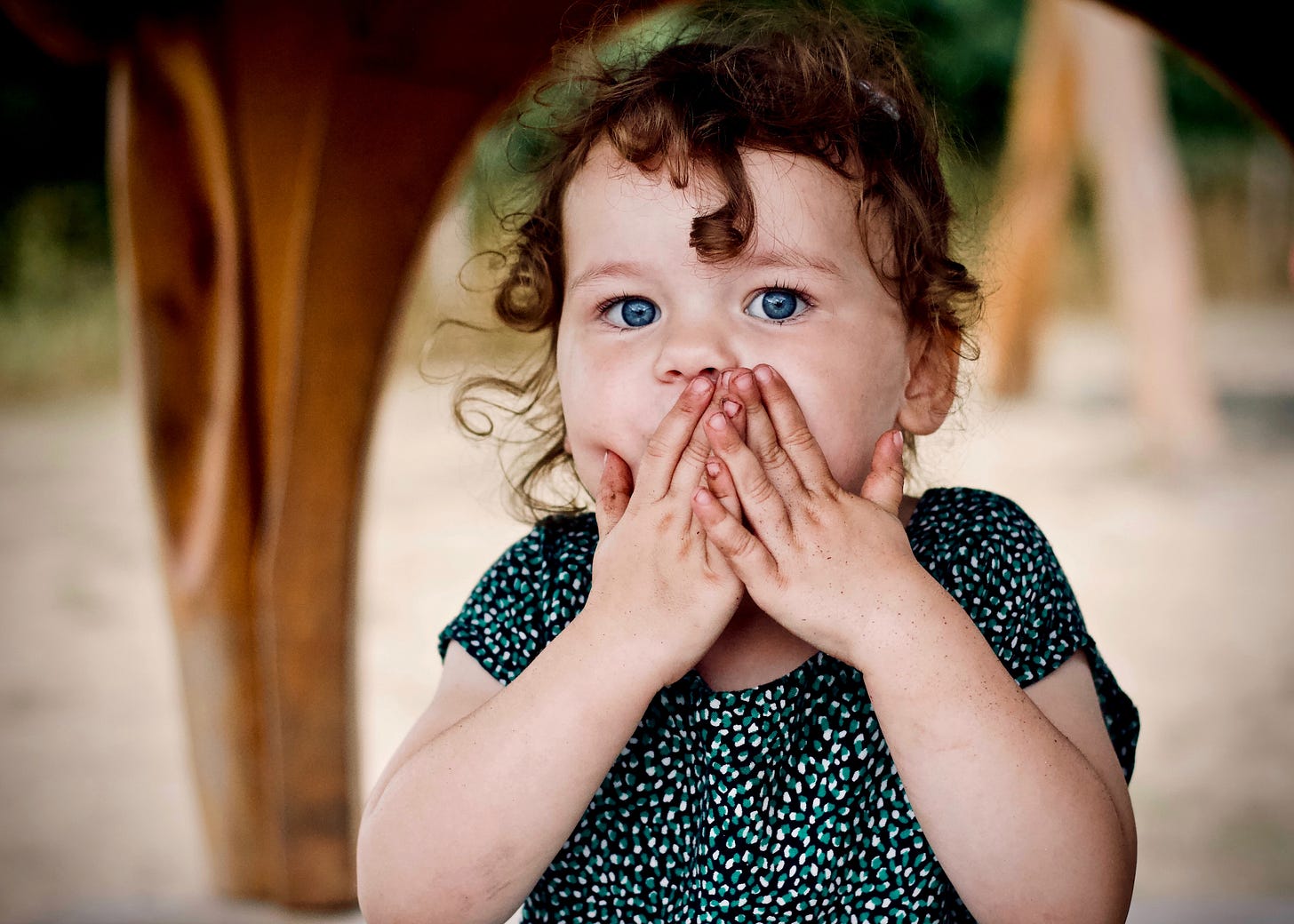Evidence and Choosing your own adventure...
Or why I am now thinking that the title of my newsletter could be very misleading...

I have been a bit quiet recently because I have been struggling…
I am currently completing the Master of Education with a specialisation in Language and Literacy with Pamela Snow and Tanya Serry at La Trobe University, Victoria, Australia (see my note below). In a recent lecture, Pam used the term “Choose your own adventure” to characterise the sometimes ‘magpie’ like way that schools and educators in Australia can be guilty of selecting ‘the next shiny thing’ in education to inform their instructional practice. This was said in the context of a lecture on Evidence-Based Practice. My stomach dropped!
I have called this fledgling project Choose your Own Adventure - The Science of Reading and Learning. In that moment my thinly veiled conceit for this project was revealed… This really isn’t about choosing your own adventure. I want you to choose an adventure that acknowledges ‘the scientific method’ and the highest quality evidence available to inform our instructional practice.
So, maybe this should be called “Choose an Evidence-Based Adventure” or lets be honest “Choose My Adventure”. I struggle every day with my cognitive biases and acknowledge the more I think I know, the less I know. One of the most disturbing refrains I have heard from a number of teachers is that they don’t want to engage with the theory, they just want to know what to do in the next lesson. This is not a criticism of these teachers, I absolutely feel their pain. They are so busy planning and developing their own instructional materials for every lesson, who would have time to step back and take in the big picture? Nathaniel Swain writes about this much more eloquently here than I can. In this crazy maelstrom of post Covid, post lockdown, post remote teaching world, classrooms can feel more like a ‘hot mess’ than ever before.
With all the flaws of any human venture, particularly in this ‘post truth’ world I believe we need a firm place to begin to understand the ‘why’, ‘what’ and ‘how’ of everything we say, deliver and expect from the children in our care*.
I thought initially the softly, softly approach of doling out small ‘bites’ of compelling commentary about the Science of Reading and Learning might bring some of the ‘naysayers’ along with me just long enough to catch them. I am way too earnest and deluded sometimes, it is clear that any one who would have clicked on these posts wouldn’t have been fooled anyway.
Many teachers are put off by any mention of evidence or science (I am going to have to tackle this in more detail later…) because they fear an attack on their autonomy, political views or indeed ideas about teaching children being all about relationships or ‘all the feels’. These ideas are not necessarily as mutually exclusive as you would first believe.
As a start, todays ‘choice’ is to join me and my partner in crime Michelle at Teaching Together in our upcoming free online book study on Christopher Such’s The Art and Science of Teaching Primary Reading. You can find out more here. This book is an excellent primer that has plenty of both the ‘art’ and ‘science’ of teaching reading, written from the perspective of an experienced classroom teacher.
I have been in touch with Christopher via Twitter @Suchmo83 and he has given us the thumbs up for this venture!
#Note# If you are a qualified teacher and want to build your knowledge and gain further qualifications in this area then run, run, run to enrol for next year it is the best Higher Ed that I have ever been involved with! Find out more here https://www.latrobe.edu.au/courses/master-of-education
*‘Children in your care’ is not a new or particularly original way to describe our students but I want to acknowledge Reid Smith, (guest lecturer in above mentioned course) as the most recent person to use this expression which so eloquently reminds me why all of this is so important, urgent and worth talking about.
Take care out there…



